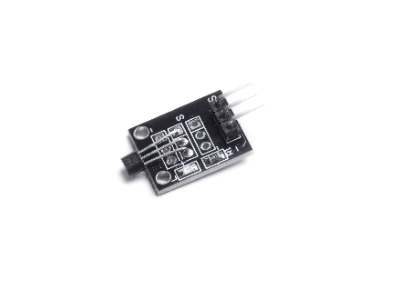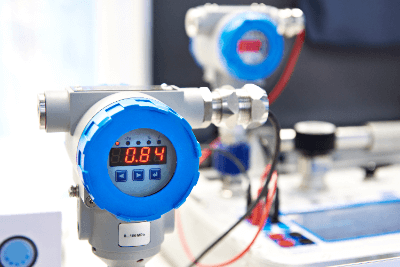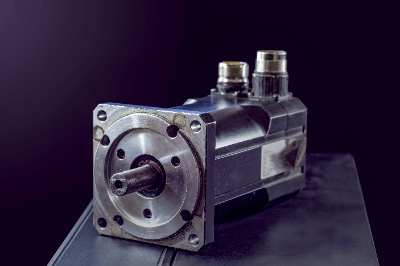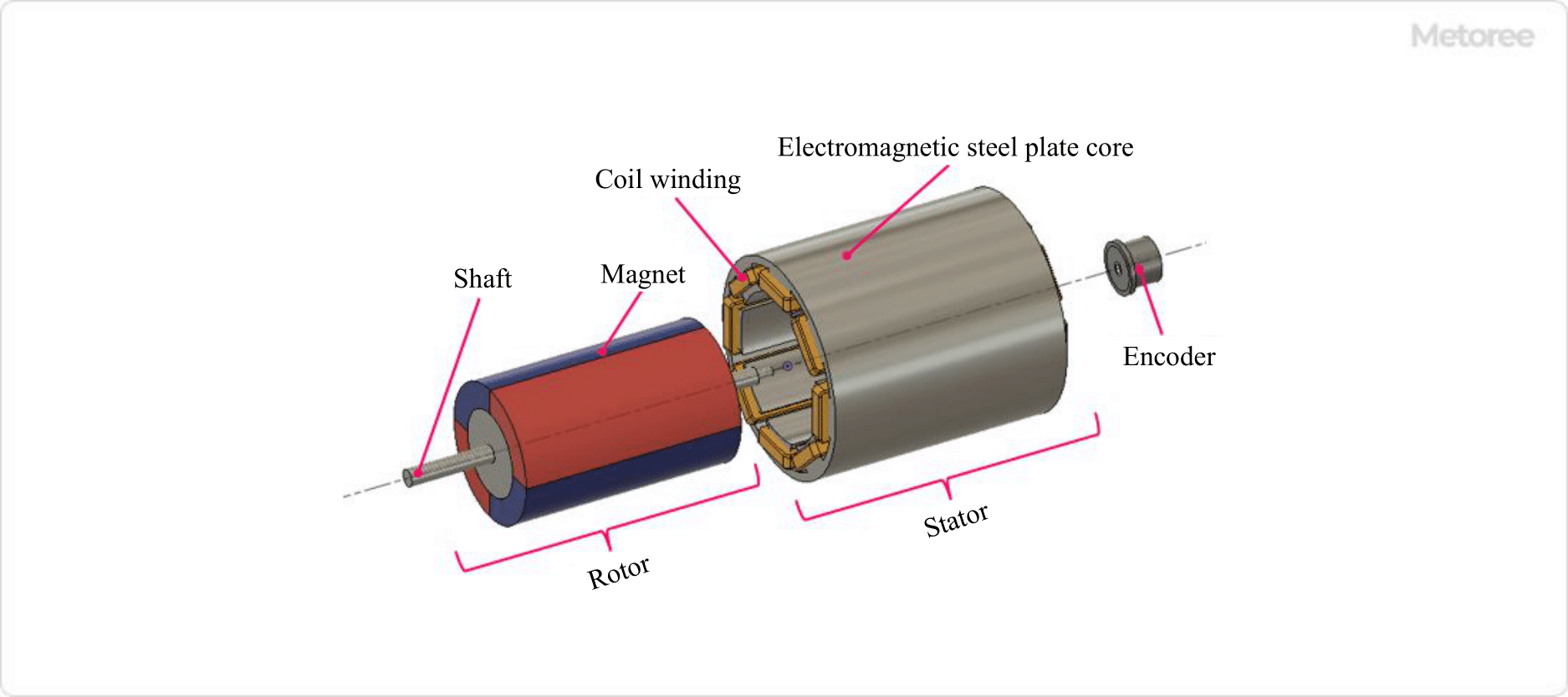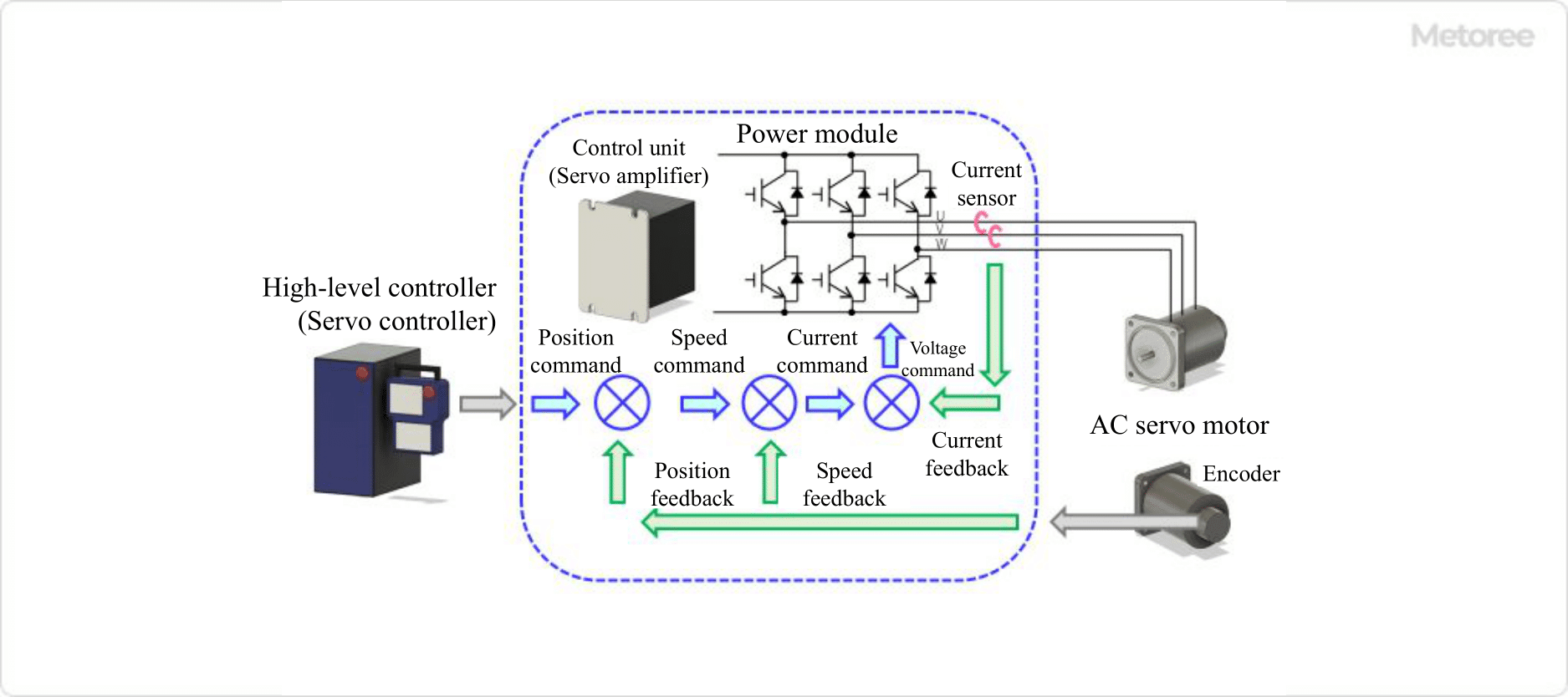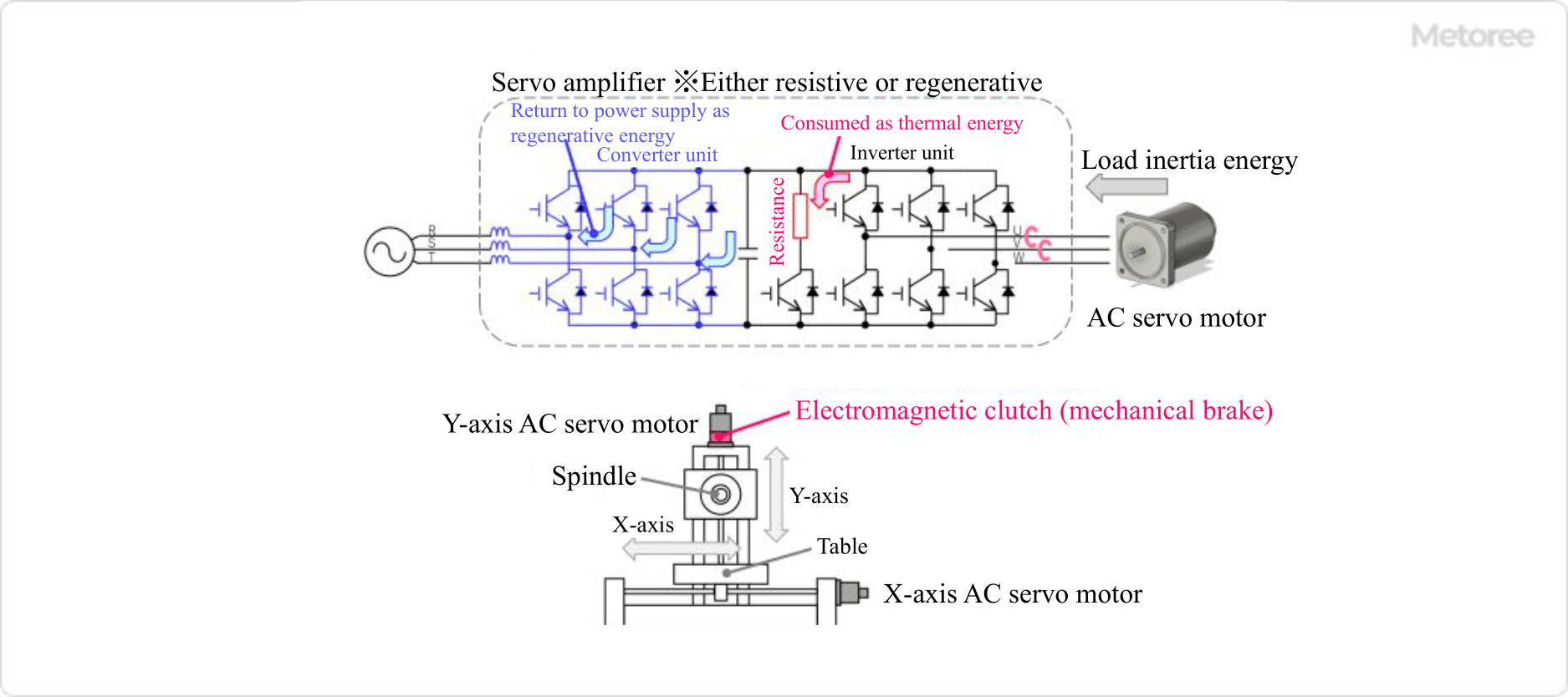What Is a DC Power Supply?
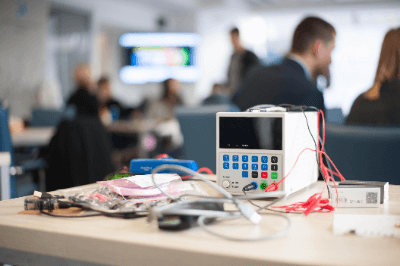
A DC power supply is a power supply device that provides DC power.
There are two types of power supplies: DC and AC. A DC power supply is a power supply in which the direction of current and voltage is always in one direction. An AC power supply is a power supply that periodically switches the direction of current and voltage.
Commercial power supplies supplied by electric power companies are generally AC power supplies, which can easily change voltages and shut down. In contrast, semiconductors require DC power for operation, so the power supplied to electronic products must be DC.
Therefore, DC power supply is primarily used for the operation of electronic products.
Uses of DC Power Supplies
DC power supplies are used in a wide range of applications, from everyday products to huge equipment in the industrial field. The following are examples of use
- AC adapters for charging PCs and smartphones
- Power supply equipment for streetcars
- Power supply equipment for LED lighting
- Inside control boards of air conditioners and refrigerators
- Power supply equipment for electrolysis and plating factories
- Power supplies for electric furnaces using direct current
Many home appliances also have DC power supplies inside, but some home appliances, such as fans and incandescent light bulbs, do not have DC power supply units because they use AC power directly.
Principle of DC Power Supplies
A DC power supply (AC-DC power supply) rectifies and regulates AC power to DC power.
There are three main types of DC power supply systems: shunt regulation system, series regulation system, and switching regulation system.
1. Shunt Regulation Method
In the shunt regulation method, a diode and a resistor are connected in series between input and output.
Since AC power can only pass through the diode in a certain direction, DC power is output at the output end.
Although the structure is simple, the heat loss due to the resistance is large, resulting in the lowest efficiency among the three methods. 2.
2. Series Regulation Method
In the series regulation method, elements such as transistors are connected in series between input and output.
Since AC power can only pass through the transistor in a certain direction, DC power is output at the output end.
3. Switching Regulation Method
In the switching regulation method, a switching element switches the AC power supply in the direction of current and voltage. As a result, a constant direction and averaged DC power supplies are output.
Other Information on DC Power Supplies
1. Difference between DC and AC Power Sources
As mentioned earlier, there are two types of power supplies: DC and AC. The features of DC and AC power supplies are listed below.
Features of DC power sources
- It can be extracted from dry batteries, lead-acid batteries, and other chemical reactions
- DC power supplies are necessary for the operation of semiconductors
- No loss due to reactance when transmitting power over long distances
- No induced electromagnetic waves
- Expensive equipment for transformer and shutdown
Features of AC Power
- Power can be drawn from rotating equipment such as synchronous generators
- It can be easily transformed by a transformer
- It can be easily shut down when the current becomes zero
- Countermeasures against electromagnetic waves due to induction are necessary
- Power factor and transient stability must be considered
Because of the above features, commercial power supplies used by power companies are AC power supplies because they are suitable for large power supplies.
However, in recent years, DC power transmission, which does not require consideration of transient stability and has low loss, is also being considered for high-power transmission.
2. How to Use DC Power Supplies
DC power supplies come in various types and sizes, but all operate in either constant voltage or constant current mode.
- Constant voltage mode
Constant voltage mode is a mode designed to operate at a constant voltage. It is used for product verification of electronic circuits that operate at a constant voltage. As a constant voltage mode product, power supplies are widely used in industry. - Constant Current Mode
Constant current mode is a mode designed to operate at a constant current. It is used for transmitting analog signals and dimming LED lights.
DC power supplies built into products often operate in either mode only. Many DC power supply devices for testing and other applications can be manually switched between each mode, so the mode can be changed according to the application.
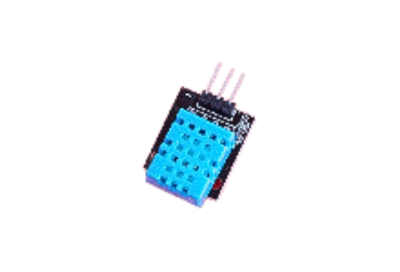 A humidity and
A humidity and 